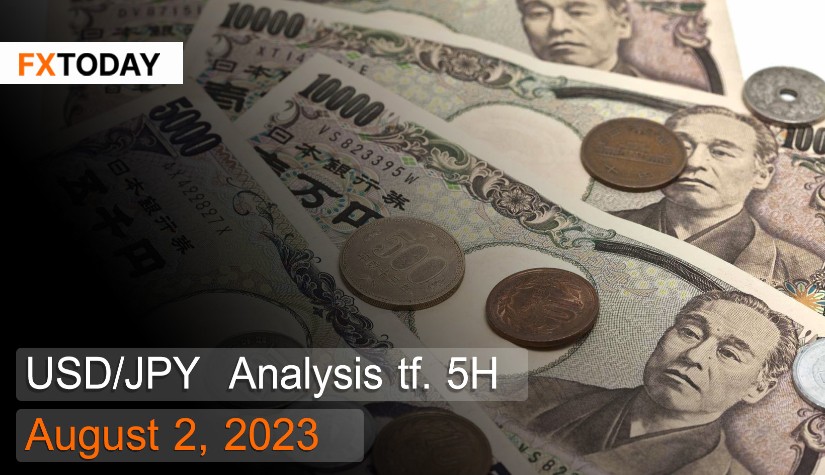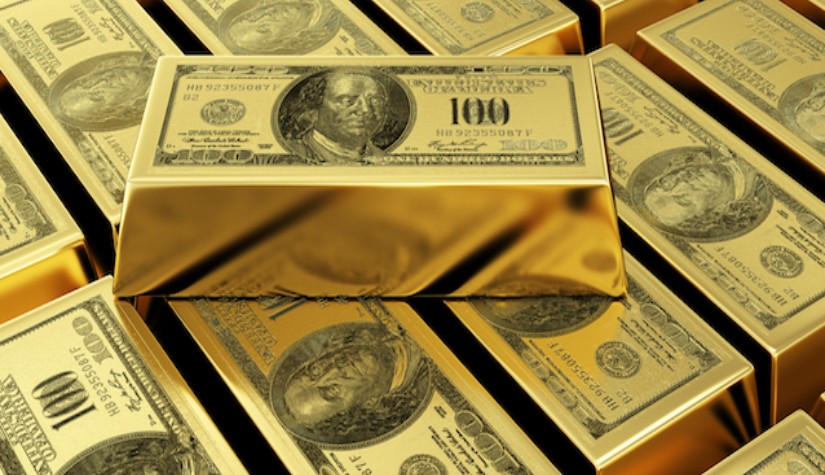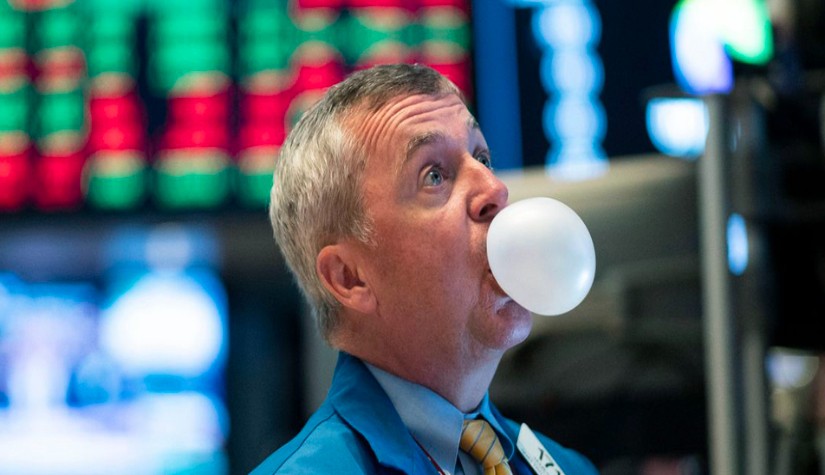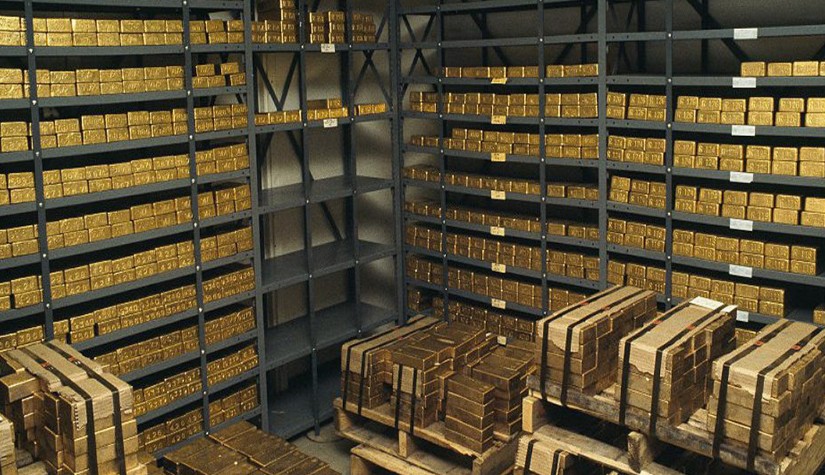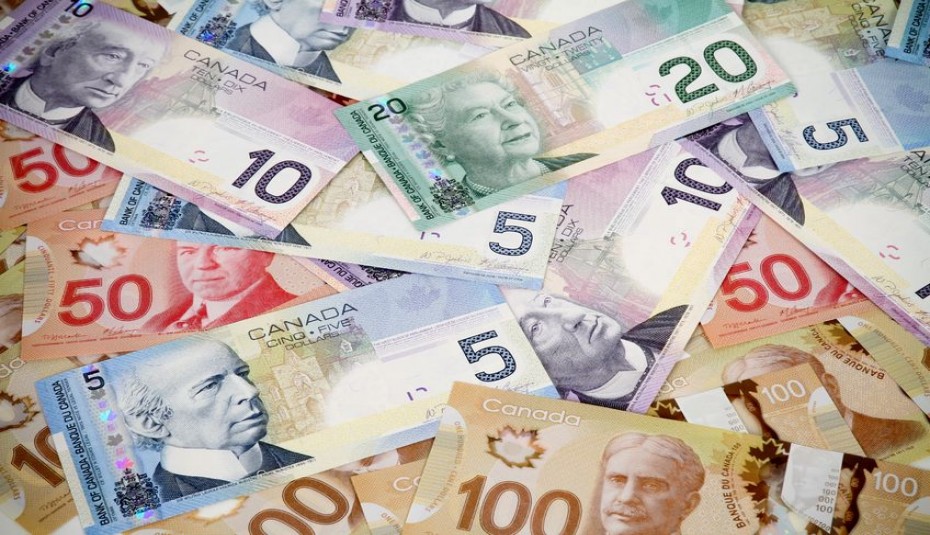The economy in Japan started to stabilize.
The Japanese yen has recently started to depreciate again in the past few days, despite the Bank of Japan (BoJ) maintaining its accommodative monetary policy. However, even with this, the BoJ has adjusted its Yield Curve Control (YCC) policy to make it more flexible. As a result, the 10-year Japanese government bond yields have surged to their highest level in nine years.
Carl Jomottta, the head of equity market strategy at Corpé, said, "This is the first step towards Japan's more aggressive monetary policy setting. The Bank of Japan knows that Japan is gradually escaping deflation, and we are seeing signals that the Bank of Japan will likely end its easing policy in the coming months and years. With the increasing yields, Japanese citizens may start saving more to invest in domestic government bonds rather than foreign government bonds."
According to reports, Japan's unemployment rate declined to 2.5% in June from 2.6% in May, which was in line with expectations. This is the lowest unemployment rate since January, and there was an increase of 190,000 employed individuals to a total of 67.55 million people. A year ago, the unemployment rate was also at 2.6%. However, it was noted that the job-to-applicant ratio decreased to 1.30, indicating a significant decrease in the number of job applicants.
In June, retail sales in Japan grew by 5.9% YoY, a slight increase from the 5.8% growth recorded in May, aligning with previous expectations. This marked the 16th consecutive month of expansion in retail trade, driven by strong consumer demand, which continues to recover. Among the different industries, the automotive sector experienced the highest growth in sales, reaching 19.3%.
However, the manufacturing Purchasing Managers' Index (PMI) in Japan saw a marginal decline, from 49.8 in the previous month to 49.6. This decline was attributed to a slight contraction in production and a decrease in foreign sales. Despite this, there was a slight increase in hiring and a marginal rise in raw material import prices.
In the services sector, the PMI also experienced a slight decrease to 53.9 in the past month, down from 54.0 previously. However, the long-term trend for the services PMI still indicates potential growth in the sector. Though hiring has dipped after previous increases, many companies continue to express a slight positive outlook for the economy going into the next year.
Techical analysis data (5H)
Resistance: 143.44, 143.79, 144.16
Support: 142.72, 142.35, 142.00
Source: Investing.com
| Name | S3 | S2 | S1 | Pivot Points | R1 | R2 | R3 |
| Classic | 142.00 | 142.35 | 142.72 | 143.07 | 143.44 | 143.79 | 144.16 |
| Fibonacci | 142.35 | 142.63 | 142.79 | 143.07 | 143.35 | 143.51 | 143.79 |
| Camarilla | 142.89 | 142.95 | 143.02 | 143.07 | 143.15 | 143.22 | 143.28 |
| Woodie's | 142.00 | 142.35 | 142.72 | 143.07 | 143.44 | 143.79 | 144.16 |
| DeMark's | - | - | 142.53 | 142.97 | 143.25 | - | - |
Buy/Long 2: If you manage to break the resistance in the price range of 143.44 - 143.79, you might consider setting the Take Profit (TP) at around 144.16 and the Stop Loss (SL) at approximately 142.35 or based on an acceptable level of risk.
Sell/Short 1: If there is a touch of resistance in the price range of 143.44 - 143.79 but it fails to break the resistance at 143.44, you may consider setting the Take Profit (TP) at around 142.35 and the Stop Loss (SL) at approximately 144.16 or based on an acceptable level of risk.
Sell/Short 2: If you manage to break the support in the price range of 142.35 - 142.72, you might consider setting the Take Profit (TP) at around 142.00 and the Stop Loss (SL) at approximately 143.79 or based on an acceptable level of risk.
| Name | Value | Action |
| RSI(14) | 64.833 | Buy |
| STOCH(9,6) | 81.023 | Overbought |
| STOCHRSI(14) | 78.288 | Overbought |
| MACD(12,26) | 0.710 | Buy |
| ADX(14) | 53.707 | Buy |
| Williams %R | -8.413 | Overbought |
| CCI(14) | 95.3946 | Buy |
| ATR(14) | 0.6632 | Less Volatility |
| Highs/Lows(14) | 0.6918 | Buy |
| Ultimate Oscillator | 64.135 | Buy |
| ROC | 2.804 | Buy |
| Bull/Bear Power(13) | 1.5440 | Buy |
|
Buy:8 Sell:0 Neutral:0 Summary:Strong Buy |
||

